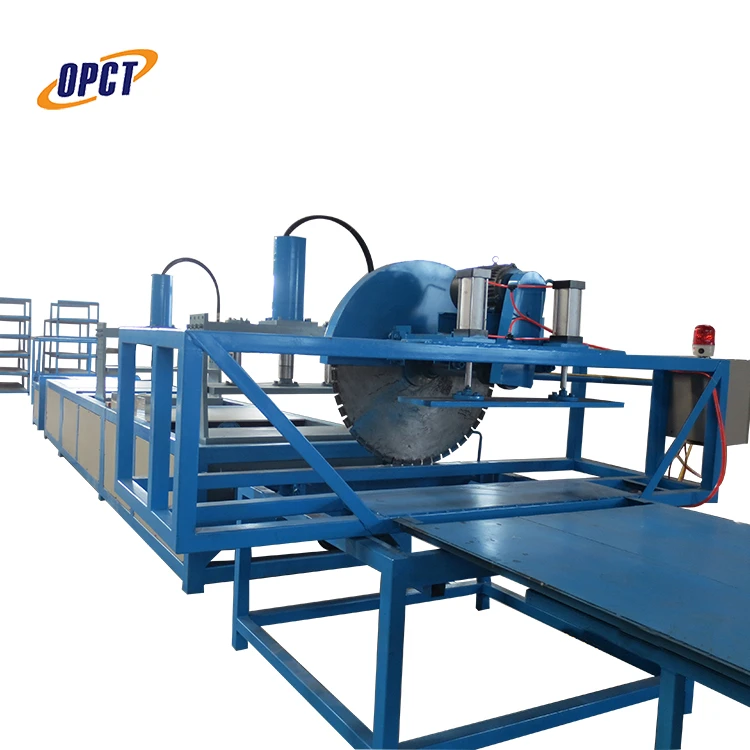In industrial settings,
the importance of efficiently managing cables cannot be overstated. Fiberglass cable trays have emerged as a highly regarded solution in providing not just organization, but also durability and safety in cable management systems. These trays are renowned for their resilience against harsh environmental conditions and their inherent qualities that make them superior to traditional metal cable trays. Drawing from years of industry expertise, this article delves into the core advantages of fiberglass cable trays, their applications, and why they are trusted by professionals worldwide.

Fiberglass cable trays are fabricated using robust, corrosion-resistant materials designed to withstand extreme temperatures, corrosive chemicals, and UV radiation. Unlike their metal counterparts, fiberglass trays do not rust or degrade, making them an ideal choice for outdoor installations and coastal environments. This durability translates into lower maintenance costs and a longer lifespan, essential factors for any project seeking cost efficiency and reliability.
Industrial environments pose a myriad of challenges, from fluctuating environmental temperatures to exposure to chemical substances. Fiberglass trays excel in these scenarios thanks to their excellent thermal and chemical resistance. Additionally, they possess a high strength-to-weight ratio, making them easier to handle and install without compromising on load-bearing capacity. This characteristic ensures that even extensive installations will maintain their integrity and performance over time, which is why they are the preferred choice in sectors such as petrochemical, power distribution, and marine.

Beyond their physical properties, fiberglass cable trays offer significant safety advantages. Their non-conductive nature means they do not conduct electricity, reducing the risk of electrical hazards. This characteristic is particularly valuable in installations where electrical safety is paramount. In instances of fire, fiberglass trays do not propagate flames, adding another layer of safety to facilities and reducing potential damage.
Customization is another strong suit of fiberglass cable trays. Manufacturers can design trays in various sizes, styles, and configurations to meet specific project requirements. This flexibility allows engineers to design cable management systems that seamlessly integrate into existing infrastructure or conform to unique project demands. Whether it is providing support for a few cables or managing a complex network, fiberglass trays can be tailored to perform the task effectively.
fiberglass cable tray
It is crucial to recognize the role of authority and trustworthiness in choosing fiberglass cable trays. Numerous industry standards and certifications govern the production and application of these cable trays, ensuring quality and safety. Reputable manufacturers adhere to these standards, providing clients with products that meet stringent international guidelines. This adherence not only assures clients of the product’s quality but also enhances the manufacturer’s credibility and trustworthiness.
When considering the integration of fiberglass cable trays into a project, leveraging real-world experience and evidence of successful applications is invaluable. Case studies abound of facilities leveraging fiberglass trays to great effect, from large-scale power plants to complex offshore installations. These case studies often highlight tangible benefits, such as prolonged lifespan, reduced downtime, and improved safety records, providing compelling evidence of fiberglass trays' overall value.
Expertise in selecting and deploying fiberglass cable trays is vital. Industry professionals and engineers must consider factors such as load capacity, environmental conditions, and the specific requirements of the cables being supported. Collaborating with knowledgeable manufacturers or consultants can ensure that the chosen solution is not only optimal but also future-proof, accommodating potential expansions or changes to the cable network.
In conclusion, fiberglass cable trays represent a sophisticated solution for modern cable management challenges. Their durability, safety, and adaptability make them a preferred choice in diverse industrial applications. Through leveraging real-world experience and adhering to stringent standards and manufacturing excellence, fiberglass trays stand out as a reliable, cost-effective option. As industries continue to evolve, the trust in fiberglass cable trays continues to grow, underscoring their significance and enduring appeal in the realm of cable management.




